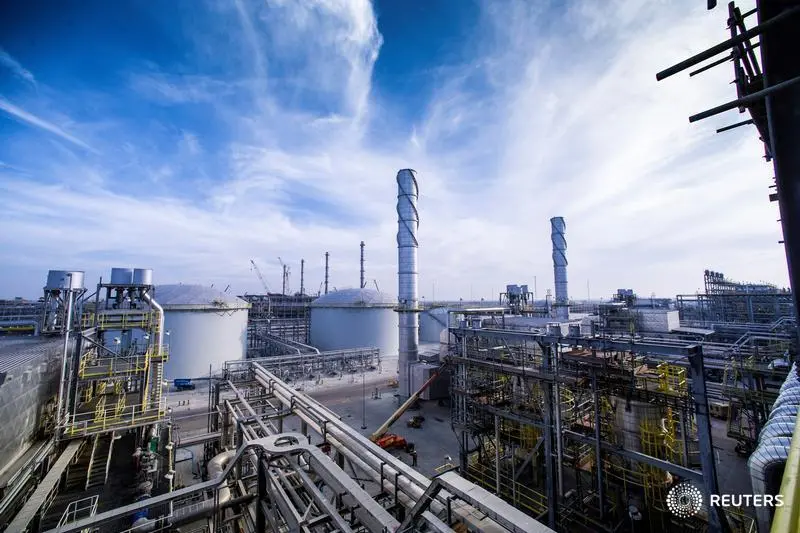PHOTO
Saudi Arabia's economy grew at a pace of 2.21 percent in 2018, buoyed by strong oil sector growth and recovering from a contraction in 2017 when the economy was hurt by weak oil prices and austerity measures, government data showed on Thursday.
In 2017, it shrank 0.74 percent, the first annual decline since the global financial crisis nearly a decade earlier.
The oil sector grew 2.85 percent, from a contraction in 2017, while the non-oil sector grew 2.05 percent, the data showed
The government did not break down the fourth-quarter data, but full-year growth figures suggested economic growth accelerated in the last quarter.
"We might be looking at GDP growth of 4.0 percent, which was driven primarily by the oil sector, but we might have also seen a fairly strong rebound in private sector growth which I would estimate at 3.2 percent - the fastest since Q42015," said Jean-Paul Pigat, head of research at Lighthouse Research.
The economy grew 2.5 percent in the third quarter.
Saudi officials have predicted a gradual acceleration in growth of the non-oil economy in 2019 as the government decided to boost spending.
Last month Riyadh released a state budget for 2019 that would increase spending by 7 percent from this year's actual level. Investment spending and bonuses for state employees in the budget could revive the private sector.
"Headline real GDP growth is forecast to moderate in 2019 with the OPEC-led oil production cuts, and at this point we only expect a modest increase in non-oil growth," said Monica Malik, chief economist at Abu Dhabi Commercial Bank.
The Organization of the Petroleum Exporting Countries (OPEC) and its Russia-led allies agreed last month to slash oil production by more than the market had expected.
Malik said a key issue for the economy in 2019 will be the degree of progress that will be made on the investment programme of the sovereign wealth Public Investment Fund.
The PIF is backing some of the biggest projects in Saudi Arabia such as the $500 billion NEOM mega economic zone, which the government has said will start developing its first area in the first quarter of 2019.
The 26,500 square km (10,230 square mile) high-tech hub, first revealed in 2017, will include projects powered by wind and solar energy and sports halls, concert facilities and restaurants.
(Editing by Peter Graff) ((Saeed.Azhar@thomsonreuters.com; +971 44536787; Reuters Messaging: saeed.azhar.reuters.com@reuters.net))












